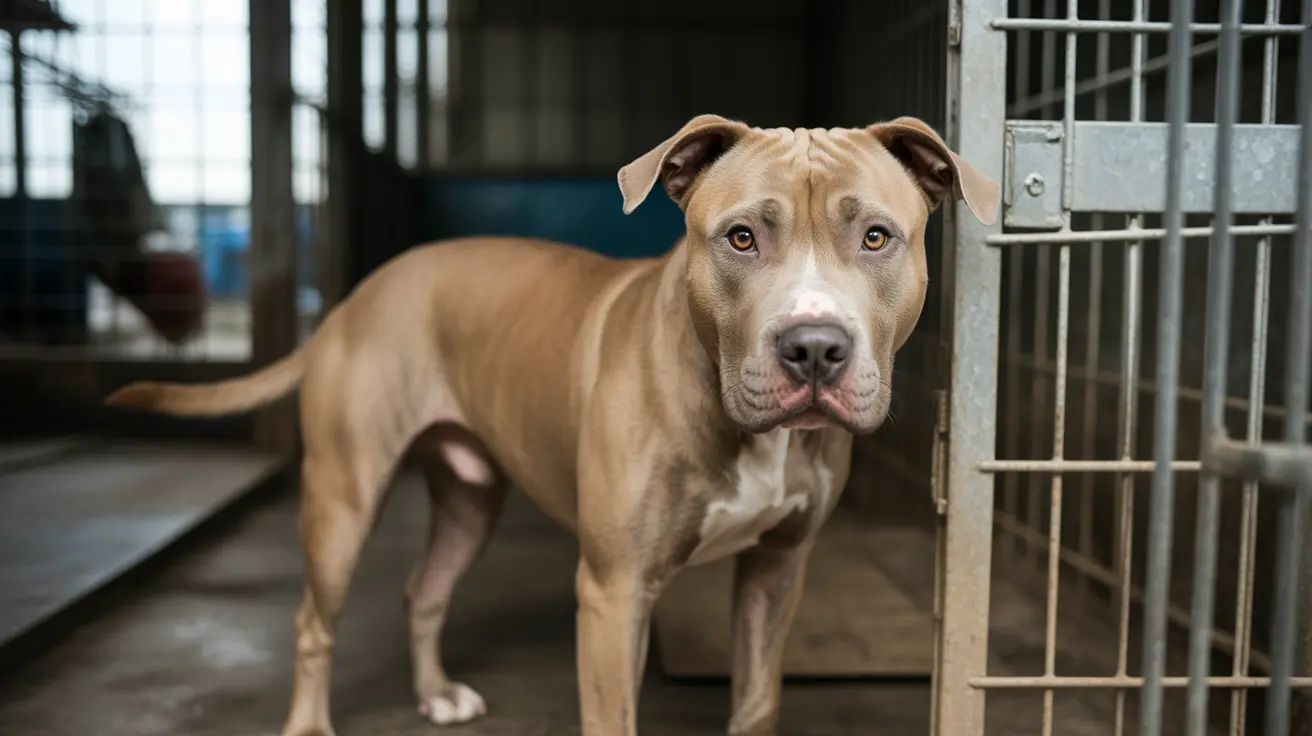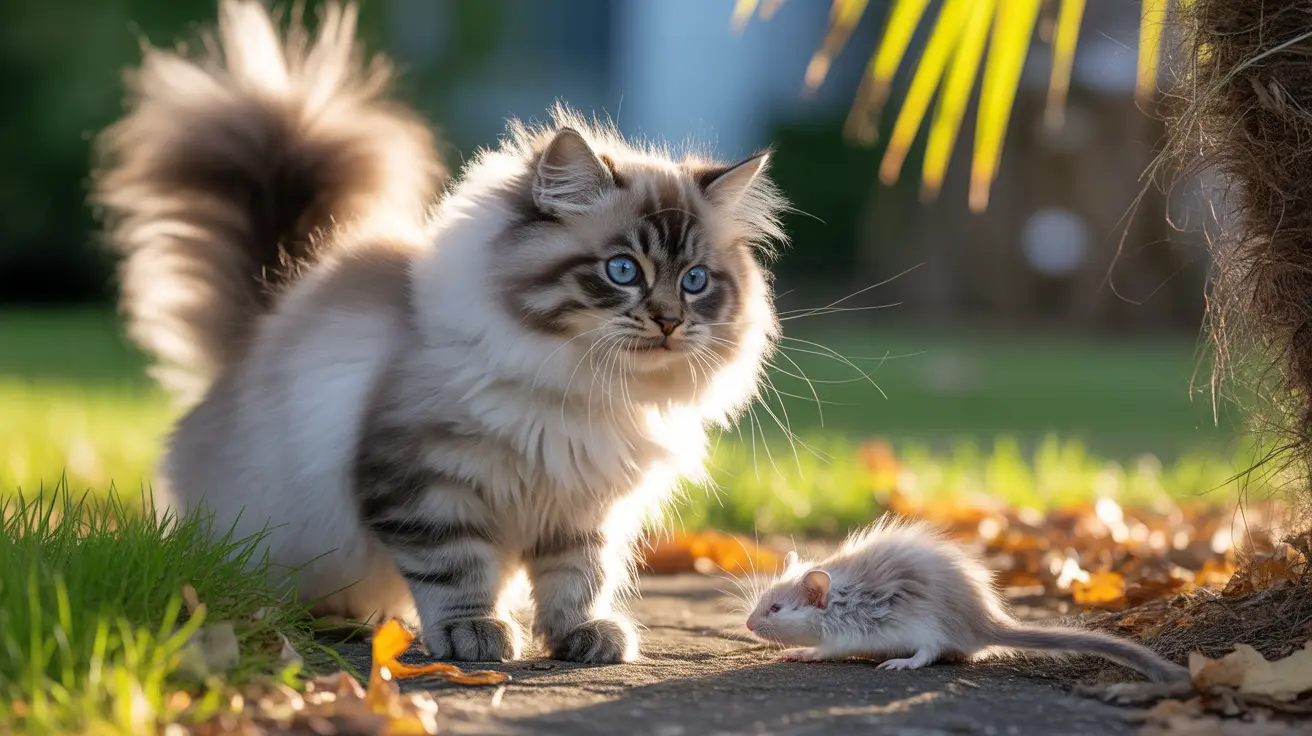Lafayette's animal shelter stands at a critical juncture as voters prepare to decide the fate of a special tax that has dramatically transformed the facility's lifesaving capabilities. The upcoming vote on November 15, 2025, will determine whether the Lafayette animal shelter funding continues through a property tax millage renewal that has enabled the shelter to more than double its animal save rate since implementation in 2016.
This milestone vote represents more than just fiscal policy—it's a decision that will directly impact the lives of thousands of homeless pets and the families who might adopt them. The success of Lafayette's transition toward no-kill operations demonstrates how stable funding can revolutionize animal welfare outcomes in communities across America.
How Public Health Millage for Animal Care Transformed Lafayette's Shelter
Since the original millage was approved nearly a decade ago, Lafayette's animal shelter has achieved remarkable improvements in its operational effectiveness. The facility has successfully doubled its save rate, transforming from a traditional shelter model to one that prioritizes rehabilitation and rehoming over euthanasia.
The no-kill animal shelter Lafayette model doesn't mean zero euthanasia, but rather that healthy and treatable animals have a genuine opportunity for adoption or foster care. This approach requires substantial resources for veterinary care, behavioral training, extended housing, and comprehensive adoption programs—all made possible through dedicated tax millage for animal services.
Impact of Animal Shelter Tax on Community Outcomes
The property tax for animal shelters has enabled Lafayette's facility to invest in programs that directly benefit both animals and the community. With stable funding, shelters can maintain consistent staffing levels, provide necessary medical treatments, and develop robust foster care for shelter pets programs that extend their capacity beyond physical facility limits.
Research consistently shows that communities with well-funded animal shelters experience reduced stray populations, improved public health outcomes, and stronger human-animal bonds. When shelters can focus on placement rather than just population control, they become true community resources that enhance quality of life for residents.
Animal Shelter Adoption Programs and Foster Care Expansion
Stable funding allows shelters to develop comprehensive adoption programs that match pets with suitable families more effectively. Lafayette's improved save rate reflects investment in behavioral assessments, medical care, and socialization programs that make animals more adoptable.
Foster care programs have become essential components of modern no-kill operations. These programs allow shelters to care for more animals than their physical facilities can accommodate, while providing personalized attention that helps pets thrive. Pregnant animals, nursing mothers, sick animals recovering from treatment, and pets requiring behavioral modification all benefit from foster placement.
Community Support for Shelters Through Direct Investment
The November 15 vote represents an opportunity for Lafayette residents to continue their direct investment in animal welfare. Unlike relying on general funds that compete with numerous municipal priorities, dedicated millage ensures consistent resources for animal shelter operational budget requirements.
This model provides predictable income that allows shelter administrators to plan long-term programs, maintain adequate staffing, and invest in facility improvements. The result is more professional operations that better serve both animals and the public.
Lafayette Parish Animal Welfare and Public Health Benefits
Animal shelters serve broader public health functions beyond pet placement. They respond to animal control calls, investigate cruelty cases, provide rabies vaccinations, and educate the community about responsible pet ownership. These services require trained staff and adequate resources that stable funding makes possible.
The connection between animal welfare and human welfare is well-documented. Communities with effective animal services typically see reduced incidents of animal-related public health concerns and increased civic engagement around compassionate initiatives.
Frequently Asked Questions
How has Lafayette's animal shelter improved its save rate since the 2016 millage was implemented?
Lafayette's animal shelter has more than doubled its save rate since the millage was first approved in 2016. This dramatic improvement reflects investments in veterinary care, adoption programs, foster care networks, and extended housing that give animals more time to find homes.
What does the "no-kill" designation mean for animals at Lafayette's shelter?
No-kill status means that healthy and treatable animals are not euthanized due to space or time constraints. Instead, the shelter commits resources to medical care, behavioral rehabilitation, and placement efforts that give every adoptable animal a genuine opportunity for a loving home.
Why is the November 15, 2025 millage renewal vote important for Lafayette's animal shelter?
This vote will determine whether the shelter can maintain its current level of services and continue its no-kill operations. Without millage renewal, the facility would likely need to reduce programs and potentially return to higher euthanasia rates due to funding limitations.
The Stakes for Lafayette's Animal Welfare Future
The upcoming shelter funding vote 2025 represents a defining moment for animal welfare in Lafayette Parish. The proven success of millage-funded operations demonstrates that community investment in animal services yields measurable results in saving lives and strengthening the human-animal bond.
As voters consider this decision, they're not just choosing a tax policy—they're determining whether Lafayette will continue leading by example in showing how dedicated funding can transform animal shelter operations and create lasting positive impact for the entire community.






